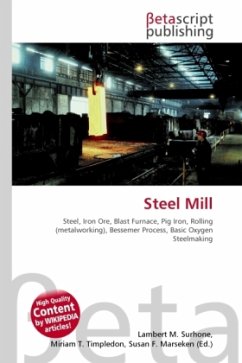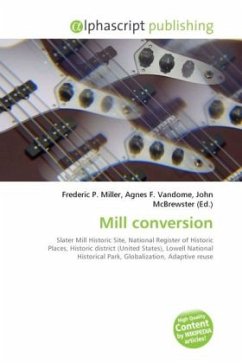High Quality Content by WIKIPEDIA articles! The post mill is the earliest type of European windmill. The defining feature is that the whole body of the mill that houses the machinery is mounted on a single vertical post, around which it can be turned to bring the sails into the wind. The earliest post mills in England are thought to have been built in the 11th and 12th centuries. The earliest working post mill in England still used today is to be found at Outwood in Surrey. It was built in 1665. The earliest remaining example of a non operational mill can be found in Great Gransden in Cambridgeshire, built in 1612. Their design and usage peaked in the 1700s and 1800s[citation needed] and then declined after the introduction of high-speed steam-driven milling machinery Many still exist today, primarily to be found in Northern Europe and Great Britain. The term peg mill or peg and post mill (in which the "post" was the tailpole used to turn the mill into the wind) was used in northwest England, and stob mill in north east England, to describe mills of this type.
Bitte wählen Sie Ihr Anliegen aus.
Rechnungen
Retourenschein anfordern
Bestellstatus
Storno








